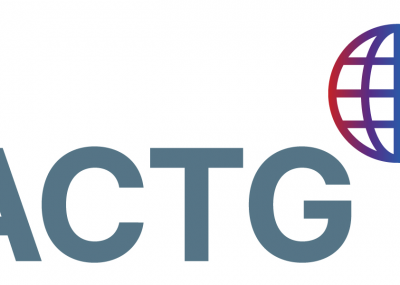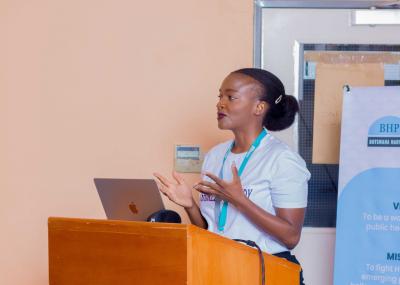Background: Botswana is close to reaching the UNAIDS "90-90-90" HIV testing, antiretroviral treatment (ART), and viral suppression goals. We sought to determine HIV incidence in this setting with both high HIV prevalence and high ART coverage.
Methods: We used a cross-sectional approach to assessing HIV incidence. A random, population-based sample of adults age 16-64 years was enrolled in 30 rural and peri-urban communities as part of the Botswana Combination Prevention Project (BCPP), from October 2013 -November 2015. Data and samples from the baseline household survey were used to estimate cross-sectional HIV incidence, following an algorithm that combined Limiting-Antigen Avidity Assay (LAg-Avidity EIA), ART status (documented or by testing ARV drugs in plasma) and HIV-1 RNA load. The LAg-Avidity EIA cut-off normalized optical density (ODn) was set at 1.5. The HIV-1 RNA cut-off was set at 400 copies/mL. For estimation purposes, the Mean Duration of Recent Infection was 130 days and the False Recent Rate (FRR) was evaluated at values of either 0 or 0.39%.
Results: Among 12,610 individuals participating in the baseline household survey, HIV status was available for 12,570 participants and 3,596 of them were HIV positive. LAg-Avidity EIA data was generated for 3,581 (99.6%) of HIV-positive participants. Of 326 participants with ODn ≤1.5, 278 individuals were receiving ART verified through documentation and were considered to represent longstanding HIV infections. Among the remaining 48 participants who reported no use of ART, 14 had an HIV-1 RNA load ≤400 copies/mL (including 3 participants with ARVs in plasma) and were excluded, as potential elite/viremic controllers or undisclosed ART. Thus, 34 LAg-Avidity-EIA-recent, ARV-naïve individuals with detectable HIV-1 RNA (>400 copies/mL) were classified as individuals with recent HIV infections. The annualized HIV incidence among 16-64 year old adults was estimated at 1.06% (95% CI 0.68-1.45%) with zero FRR, and at 0.64% (95% CI 0.24-1.04%) using a previously defined FRR of 0.39%. Within a subset of younger individuals 16-49 years old, the annualized HIV incidence was estimated at 1.29% (95% CI 0.82-1.77%) with zero FRR, and at 0.90% (95% CI 0.42-1.38%) with FRR set to 0.39%.
Conclusions: Using a cross-sectional estimate of HIV incidence from 2013-2015, we found that at the time of near achievement of the UNAIDS 90-90-90 targets, ~1% of adults (age 16-64 years) in Botswana's rural and peri-urban communities became HIV infected annually.




